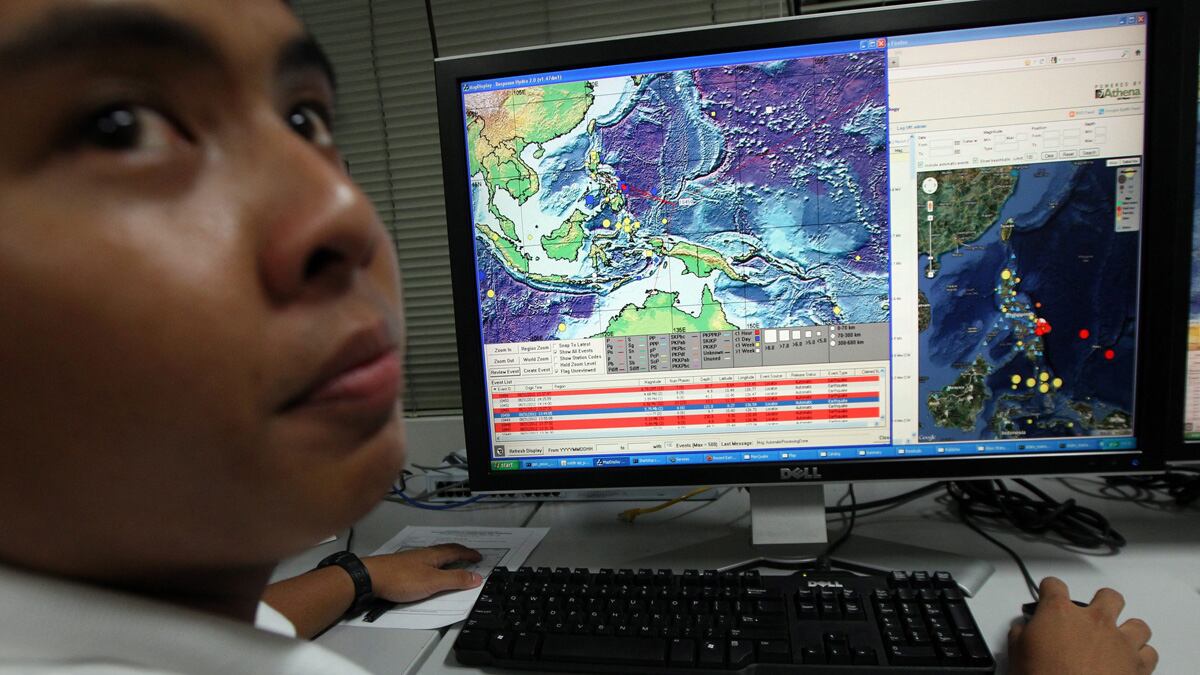A massive earthquake off the eastern coast of the Philippines triggered tsunami warnings up and down the Asian Pacific on Friday.
Coastal residents in Japan and Indonesia as well as the Philippines watched and waited anxiously, hoping that the nightmares everyone remembers from the recent past could be avoided this time. And most of them had their prayers answered when the warnings were canceled after a few hours, except for parts of the Philippine coastline.

But after so many tectonic horrors over the last decade, every major quake has psychological as well as physical aftershocks. And even the blogs covering this seismic event moment by moment were reluctant to sound the all-clear. Early warning systems have been put in place under the auspices of UNESCO and appear to be working much better than they did even six or eight years ago. But little can be done when the water rushes at you except to flee, if you can.
On Friday, for instance, the Philippine government called for the immediate evacuation of coastal areas in the south central parts of the archipelago, telling people on land to seek higher ground, while boats in harbors should head for deeper water “if there is sufficient time,” so they won’t be carried ashore and smashed or sunk if a tsunami hits. The crews of those boats would have to make the life-or-death decision themselves about how much time is “sufficient.”
Friday’s quake, at 7.6 on the Richter scale, is not as severe as the one near Sumatra in December 2004, which registered 9.1 and sent enormous, deadly waves thousands of miles, killing more than 225,000 people. Nor is it as powerful as the one last year off the coast of Japan, which was 9.0, killed more than 20,000 people, and destroyed the nuclear plant at Fukushima. But populations that are already impoverished and vulnerable can have the apocalypse visited on them by lesser quakes. The one in Haiti in January 2010 registered 7.0 on the scale, less than the one Friday, but it killed 316,000 people, according to the records of the U.S. Geological Survey. The quake that shook Washington, D.C., and New York last year registered 5.8 and did little real damage, but it rattled a whole lot of nerves.
Initial reports from the Philippines suggested relatively light damage from landslides and a “stampede” during a panicked evacuation in one town. But as often happens with major seismic events, good news can turn to bad very suddenly. There has already been a 5.0 aftershock in the Philippines. (You can track these events worldwide on the USGS real-time earthquake map.) It probably will be days or weeks before the true extent of the physical damage from this quake will be known. And psychologically, millions of people will continue living on the edge.





